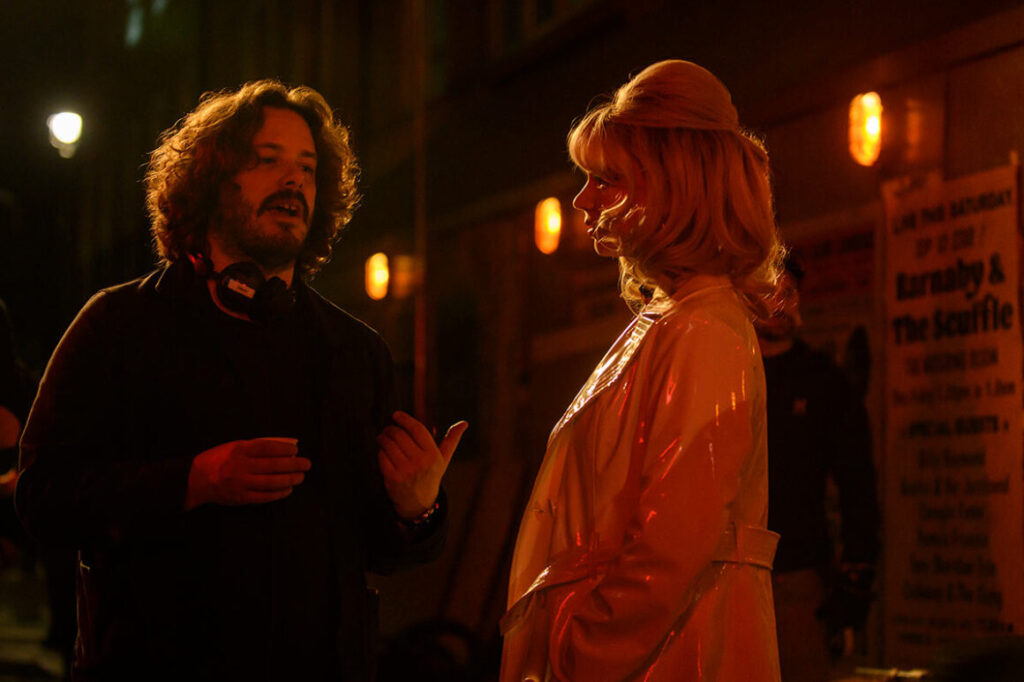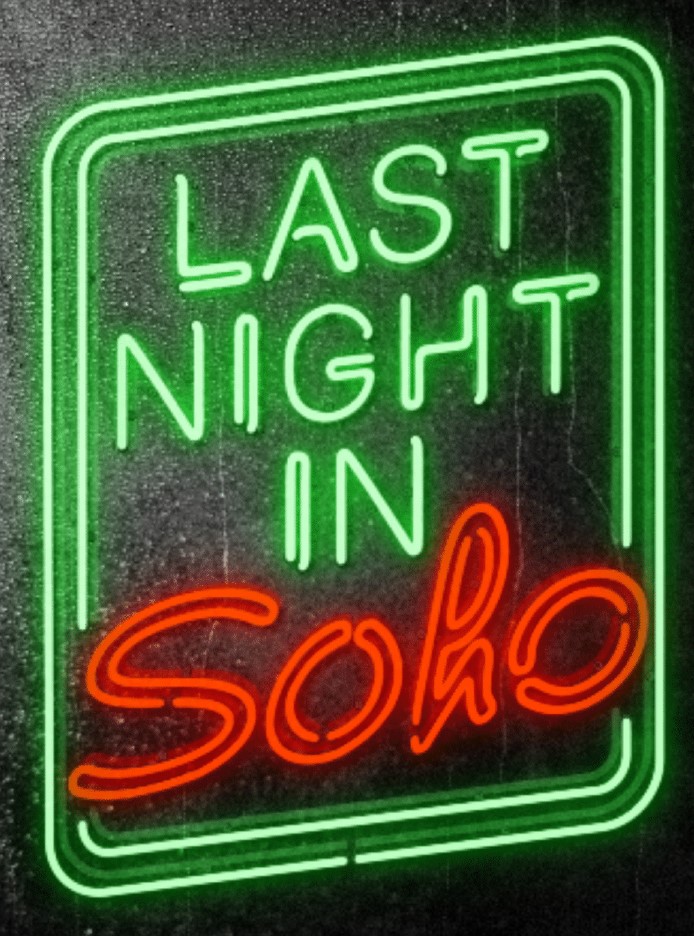British filmmaker Edgar Wright celebrates and warns of the dangers of blind nostalgia in “Last Night in Soho,” a neon-soaked thriller reminiscent of Italian Giallo films.
While solid directing, acting, set and costume design effortlessly waltz under a killer soundtrack, the film trips over itself with jarring plot and editing choices.
When aspiring fashion designer Eloise (Thomasin McKenzie) is accepted to the London College of Fashion, she packs her homemade clothes and leaves the countryside for the alluring city.
The sheen of London is quickly tarnished when she encounters the sleaziness of big cities (and men) and a cold welcome from the popular girl clique. The vintage-obsessed Eloise moves off-campus into an old apartment, complete with Victorian light shades, antique brass bed frame and a landline.
When Eloise goes to sleep, she transports to 1960s Soho. The modern outsider feels right at home with the glamorous fashion and music of the past. To complete her transformation, she embodies the apple of everyone’s eye, aspiring singer, Sandie (Anya Taylor-Joy). Intoxicated by the world, Eloise opts for the fantasy over reality.
The true ‘60s Soho buries Eloise’s idealized version as she witnesses the exploitation of women by the patriarchal show business that preys on the dreams of aspiring performers. Eloise sets to rescue Sandie from her abusive manager turned pimp Jack (Matt Smith).
Take the paranormal visions and theme of trauma from Nicholas Roeg’s “Don’t Look Now,” the sleazy setting of ‘60s Soho from Michael Powell’s “Peeping Tom” and the cross between harsh reality and ideal fantasy of Henry Selick’s “Coraline” and you’re on your way to Wright’s “Last Night in Soho.”
Wright follows conventional horror film structure. The first act introduces normalcy for Eloise and mere glimpses of the horror to come. Brilliantly, the glimpses of horror are just regular problems for women—stalking and harassment from men. This ties into the major theme of the film.

The trip to the 1960s often feels like a ‘60s trip with hallucinogenic visuals adding to the hypnotic unease. This unease radiates from the start of the ‘60s plot as Wright does not allow audiences time to succumb to the allure of ‘60s Soho as Eloise does.
He instead spoils the real environment quickly so one stands confused as to why Eloise romanticizes the time as it is similar to her reality.
The film suffers from insecurities in its effectiveness. Nearly all of the scares are accompanied by an ear-piercing bang to tell audiences when they should be scared.
Wright usually blends various genres to make great films that could be considered horror, comedy, action and romance all in one. It’s odd that he has trouble utilizing one genre to create a horrific atmosphere, instead relying on jump scares.
The film also suffers from the cardinal sin of flash-backing to scenes that happened only moments ago.
There are subtler moments that can be forgiven, but there are numerous occasions where the writing, directing and acting convey the importance of a moment perfectly. This perfection is undermined with flashbacks with all the subtlety of a literal hit in the head.
Some editing choices reflect this as well. During the climax of the film, one of the main characters is stabbed, lying unconscious and trapped in a burning building. Before the rescue takes place, a jarring shot is stitched in of the dying character.
Not only does Wright feel the need to remind audiences of clues laid throughout the film, but also one of its most shocking moments … which took place seconds before.
Despite most of the scares falling flat, “Last Night in Soho” is an engaging thriller steeped in horror conventions that offers a fun plot twist.

